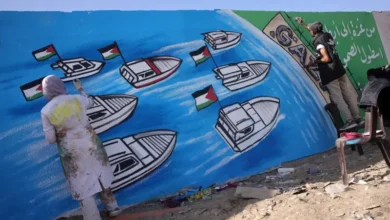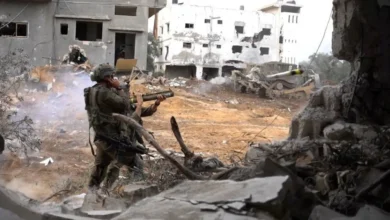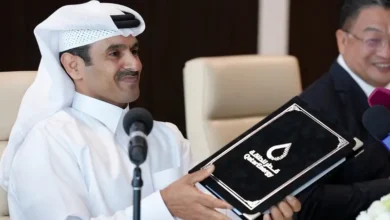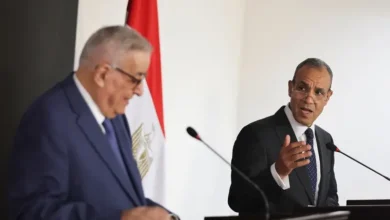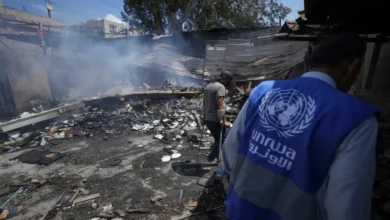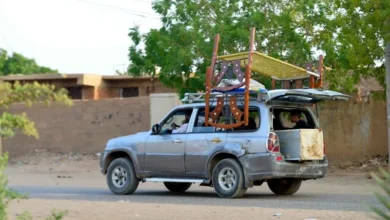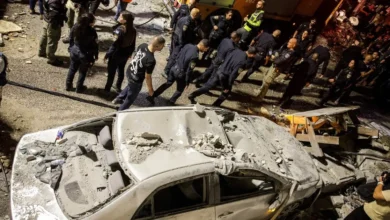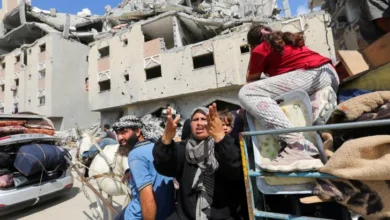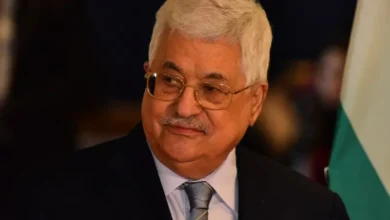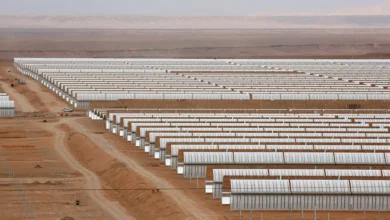Lebanon says nearly 50 killed in fresh Israeli strikes
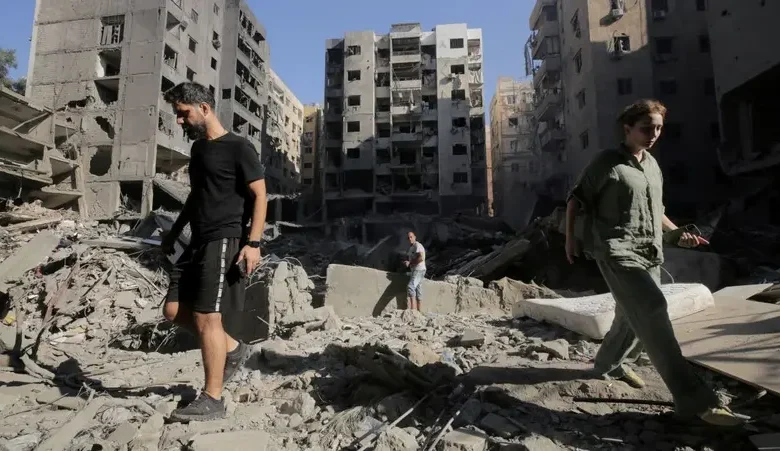
Lebanon’s health ministry on Sunday said Israeli strikes killed nearly 50 more people, after Israel’s military said it kept up its bombardment of Hezbollah targets there and also struck Yemen.
The bombing comes after an airstrike on Beirut’s densely populated southern suburbs on Friday killed Hassan Nasrallah, the head of Lebanon’s Hezbollah group which has been engaged in cross-border fire with Israel for almost a year.
Hezbollah says it is acting in support of Hamas militants in Gaza, who attacked Israel on October 7, triggering the war in the Palestinian territory.
After Israel turned its focus north from Gaza to Lebanon and cross-border fire escalated, Israeli attacks have killed hundreds since last Monday, the deadliest day since Lebanon’s 1975-90 civil war.
The Lebanese health ministry said preliminary tolls showed 24 killed and 29 wounded in an Israeli strike near the main southern city of Sidon Sunday.
It later reported that Israeli air raids on the Baalbek-Hemel area of eastern Lebanon “killed 21 people and wounded 47,” another provisional toll.
Four more died in a raid targeting Joub Jenin in the Bekaa area, the ministry said.
French Foreign Minister Jean-Noel Barrot arrived in Lebanon Sunday, his ministry said. He spoke earlier with Prime Minister Najib Mikati and said Paris sought “an immediate halt” to Israeli strikes.
Fear of ‘conflagration’
France also appealed for Hezbollah and its backer Iran to abstain from any action that could lead to “regional conflagration.”
Pope Francis, asked about Israeli airstrikes on civilians, said a country “goes beyond morality” when defense is not proportional to the attack.
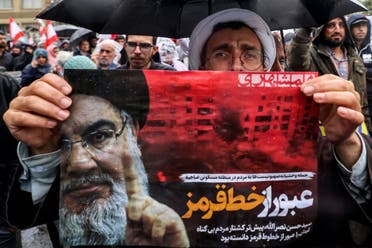
A source close to Hezbollah said Nasrallah’s body was found on Saturday “and was placed in a shroud on Sunday after being washed.”
Funeral details have not yet been arranged, the source said, requesting anonymity.
Israel’s military said it was attacking targets of the Iran-backed Houthi militia in Yemen, including around Hodeida port, a key entry point for fuel and humanitarian aid to war-ravaged Yemen.
Houthi media reports said the strikes killed four people and wounded 33.
The air raids came a day after the Houthis said they targeted Israel’s Ben Gurion Airport with a missile, trying to hit it as Prime Minister Benjamin Netanyahu returned from New York.
“Dozens of Air Force aircraft, including fighter jets, refueling planes, and reconnaissance aircraft, attacked military-use targets of the Houthi terrorist regime in the Ras Issa and Hodeida areas of Yemen,” military spokesman Captain David Avraham said in a statement to AFP.
Israel also hit Hodeida port in July, causing what an official there said was at least $20 million in damage, after a Houthi drone penetrated Israeli air defenses and killed a civilian in Tel Aviv.
An “unmanned aerial target” approaching Israel over the Red Sea – where the Houthis have regularly launched attacks – was intercepted earlier on Sunday, Israel’s military said.
Separately, it said the airstrike that killed Nasrallah “eliminated” another 20 Hezbollah members.
Israel also said Nabil Qaouq, a member of Hezbollah’s central council, was killed in a strike on Saturday.
Hezbollah has yet to officially announce his death, but a source close to the group said Qaouq had been killed.
Decimated
Israeli airstrikes have decimated Hezbollah’s senior command structure, with Nasrallah’s right-hand man Fuad Shukr, head of the elite Radwan Force Ibrahim Aqil and others among the dead.
Hezbollah is a powerful political, military and social force in Lebanon, but Nasrallah’s killing dealt it a seismic blow.
Israeli bombardment has killed more than 700 people in a week, including 14 paramedics over a two-day period, according to Lebanon’s health ministry.
AFPTV live images on Sunday afternoon showed smoke rising beyond palm trees in the coastal city of Tyre, and more smoke across a bay.
Israel’s military said late Sunday it hit 120 Hezbollah targets, after earlier reporting dozens more.
Hezbollah said it had again fired rockets on the northern Israeli town of Safed.
It also reported firing “a volley of Fadi-1” rockets at an Israeli base in the Golan Heights. Israel reported several launches from Lebanon fell in unpopulated areas near the Israeli-annexed territory.
Cult status
Nasrallah was the face of Hezbollah, enjoying cult status among his supporters.
Netanyahu said Israel had “settled the score” with his killing, and Israeli military spokesman Daniel Hagari said the world was “a safer place” without him.
US President Joe Biden – whose government is Israel’s top arms supplier – said it was a “measure of justice for his many victims.”
Iran said a member of its Islamic Revolutionary Guard Corps (IRGC) was also killed alongside Nasrallah.
Emergency
UN refugee chief Filippo Grandi said “well over 200,000 people are displaced inside Lebanon” and more than 50,000 have fled to neighboring Syria.
Premier Mikati said up to one million people may have been forced from their homes, in potentially the “largest displacement movement” in Lebanon’s history.
In Gaza, the territory’s civil defense agency said Israeli strikes killed several people on Sunday.
Hamas’ October 7 attack on Israel resulted in the deaths of 1,205 people, mostly civilians, according to an AFP tally based on Israeli official figures that include hostages killed in captivity.
Of the 251 hostages seized by militants, 97 are still held in Gaza, including 33 the Israeli military says are dead.
Israel’s retaliatory military offensive has killed at least 41,595 people in Gaza, most of them civilians, according to figures provided by the territory’s health ministry. The UN has described the figures as reliable.
